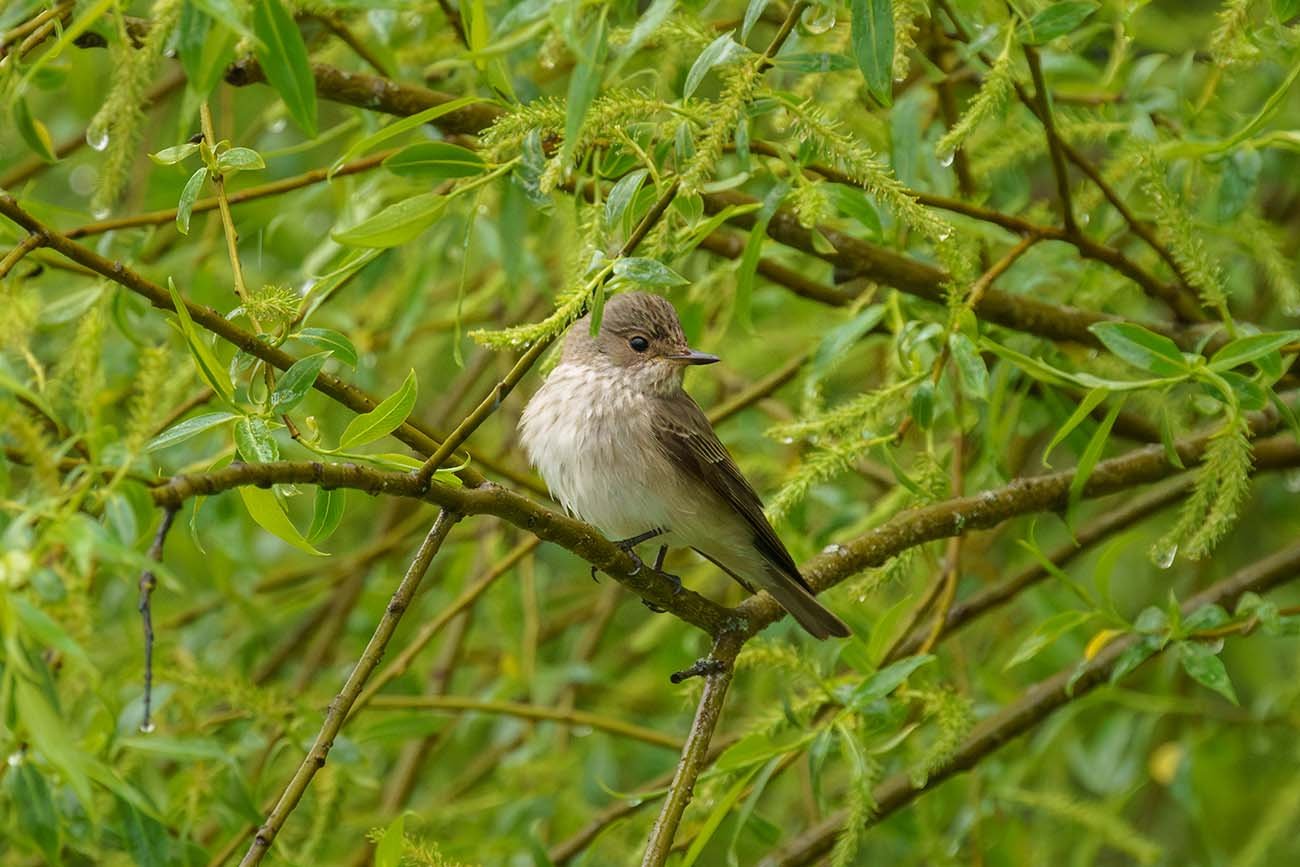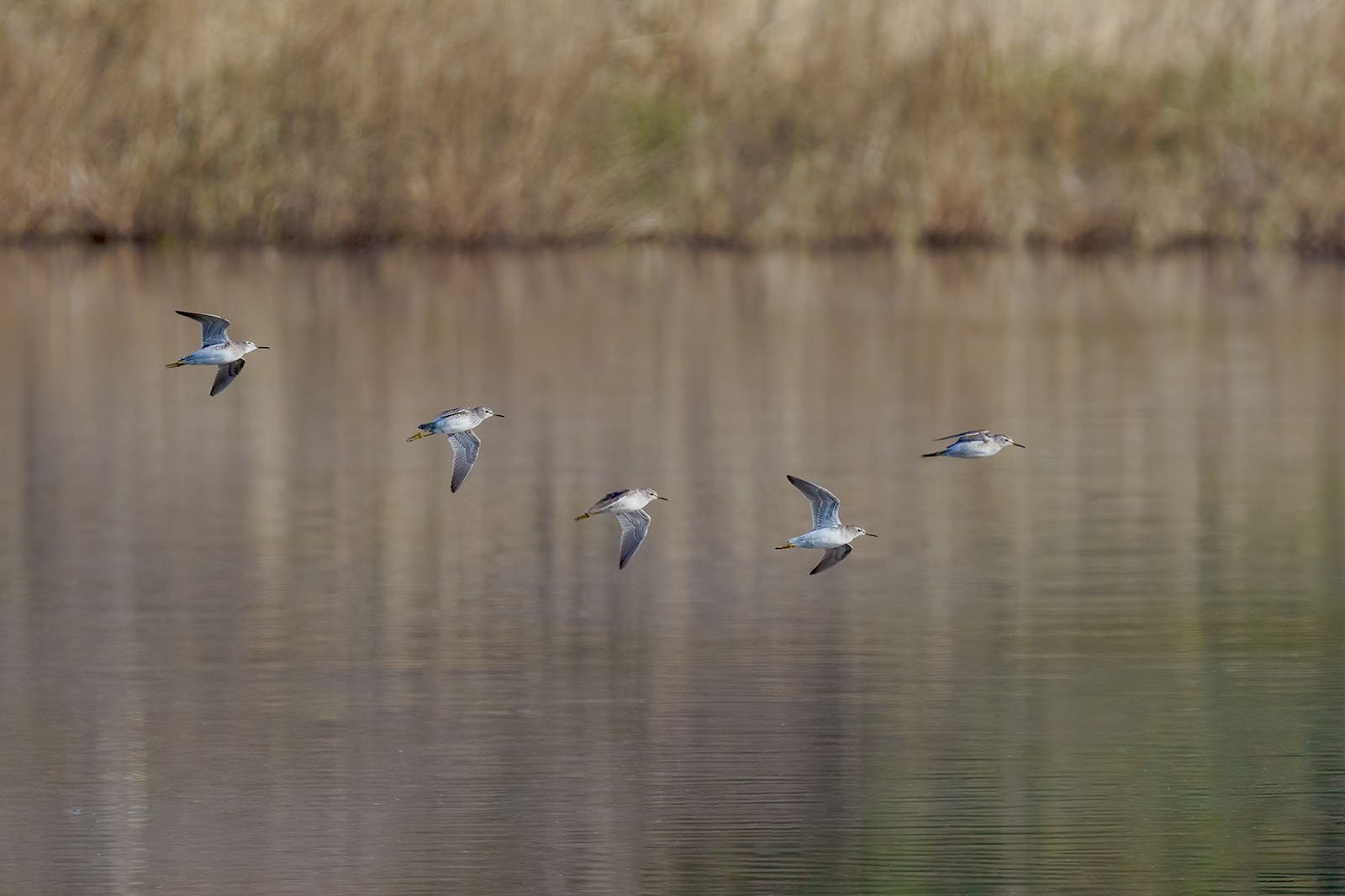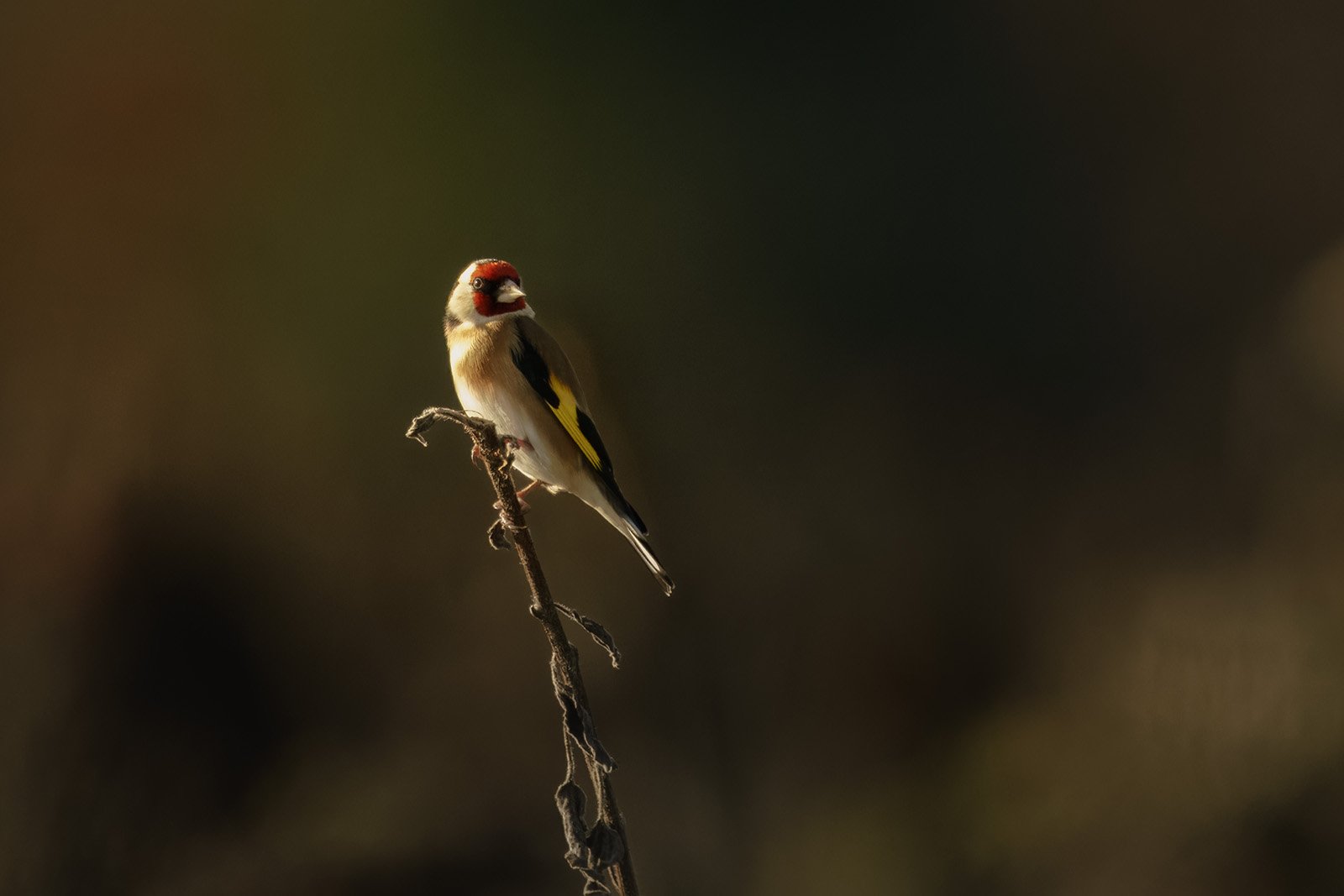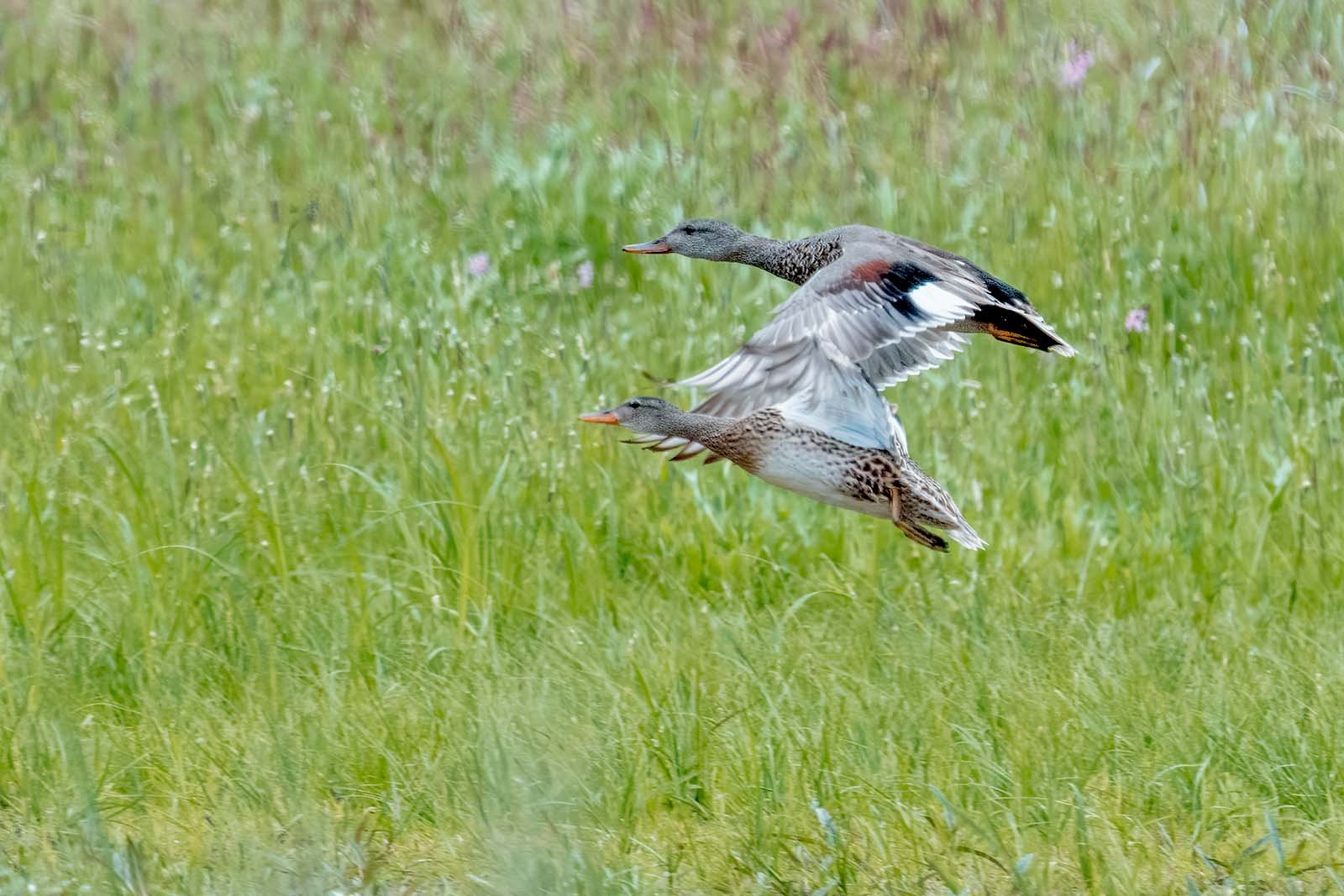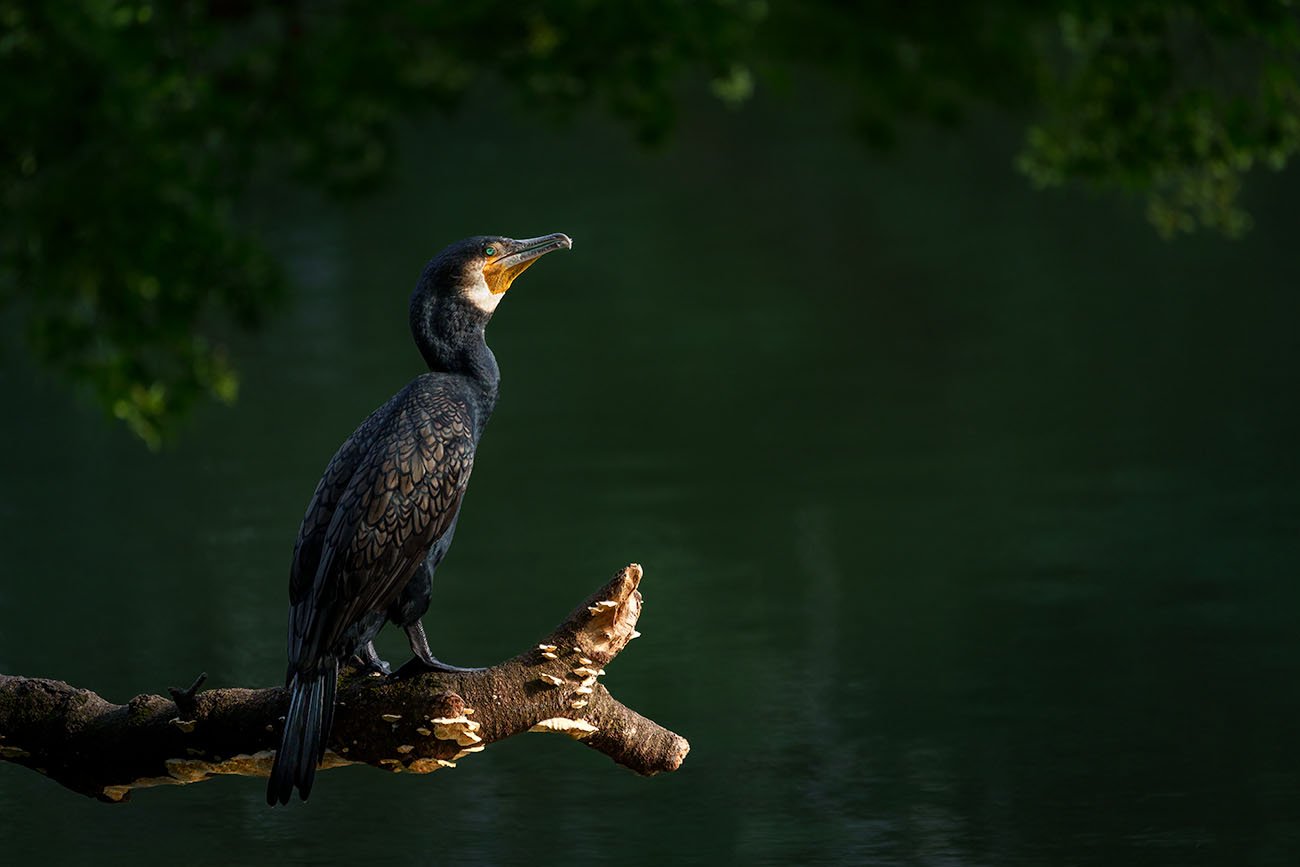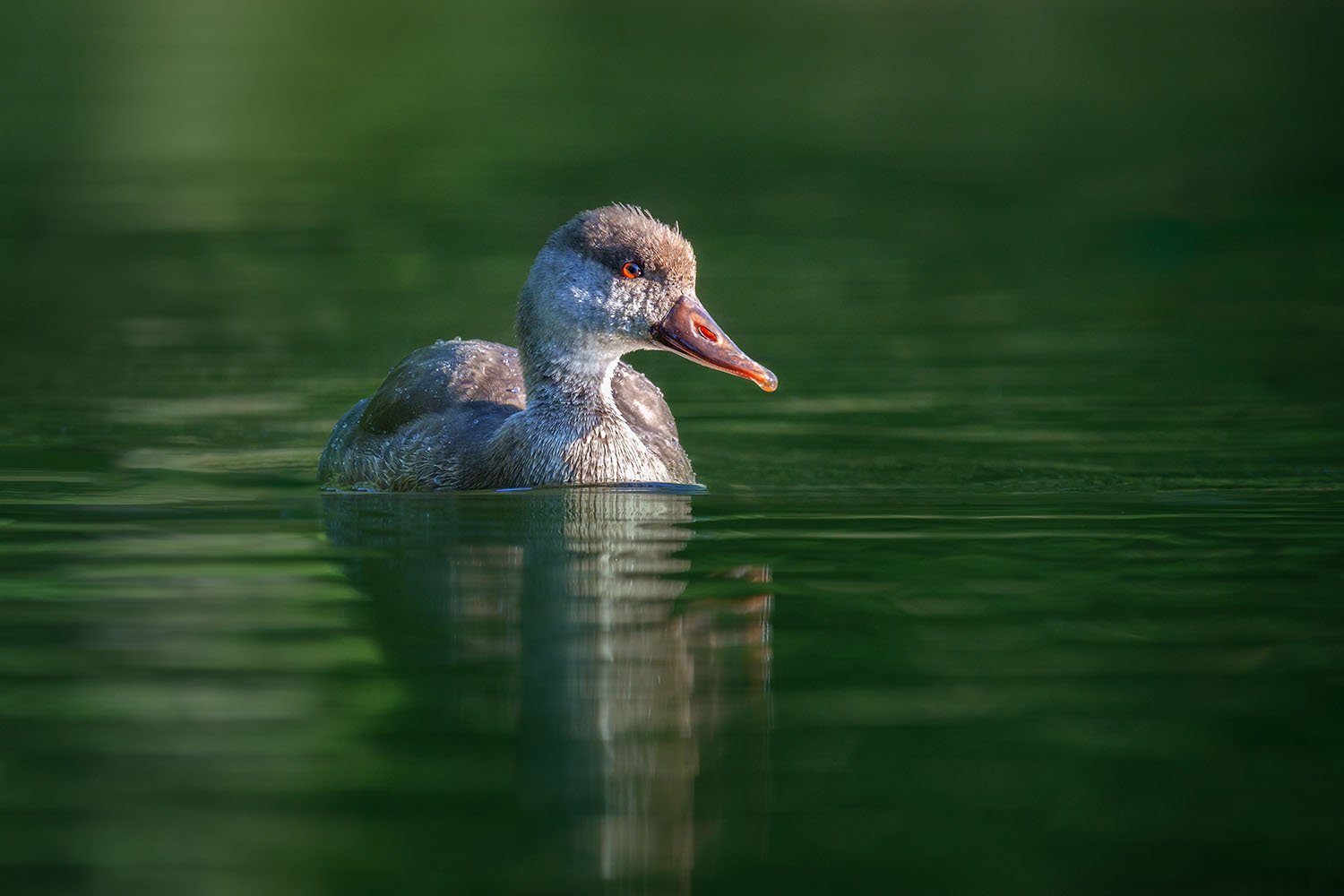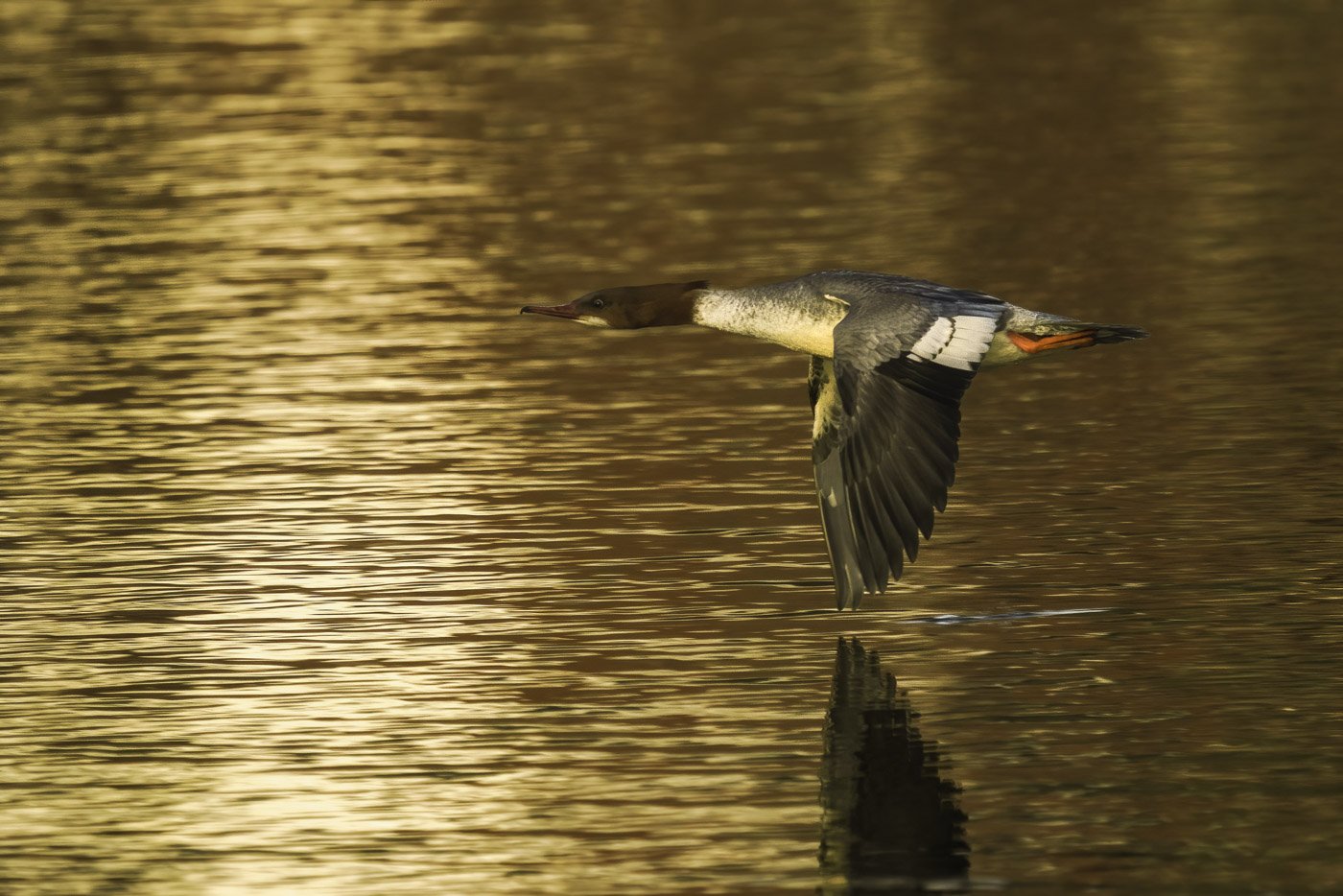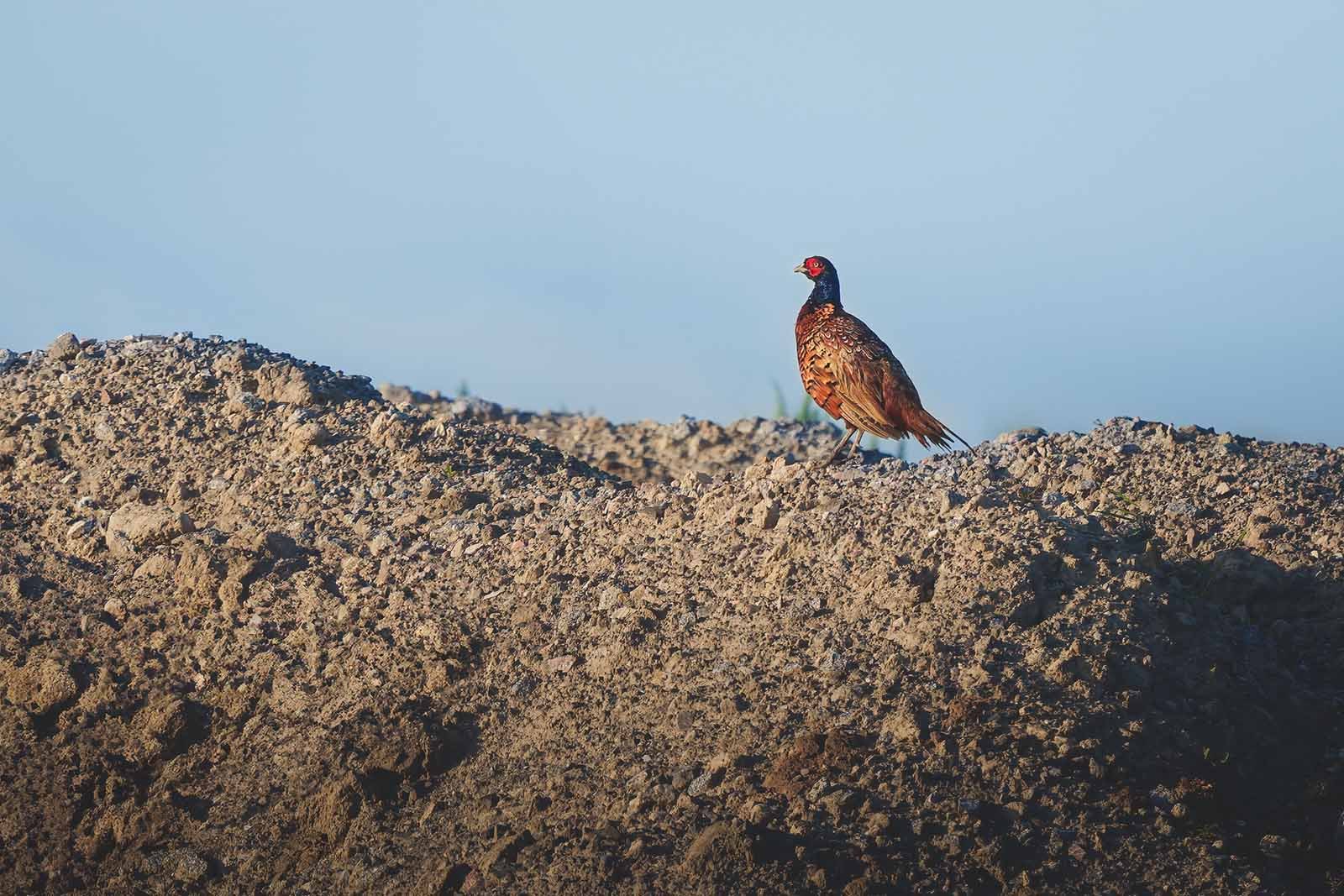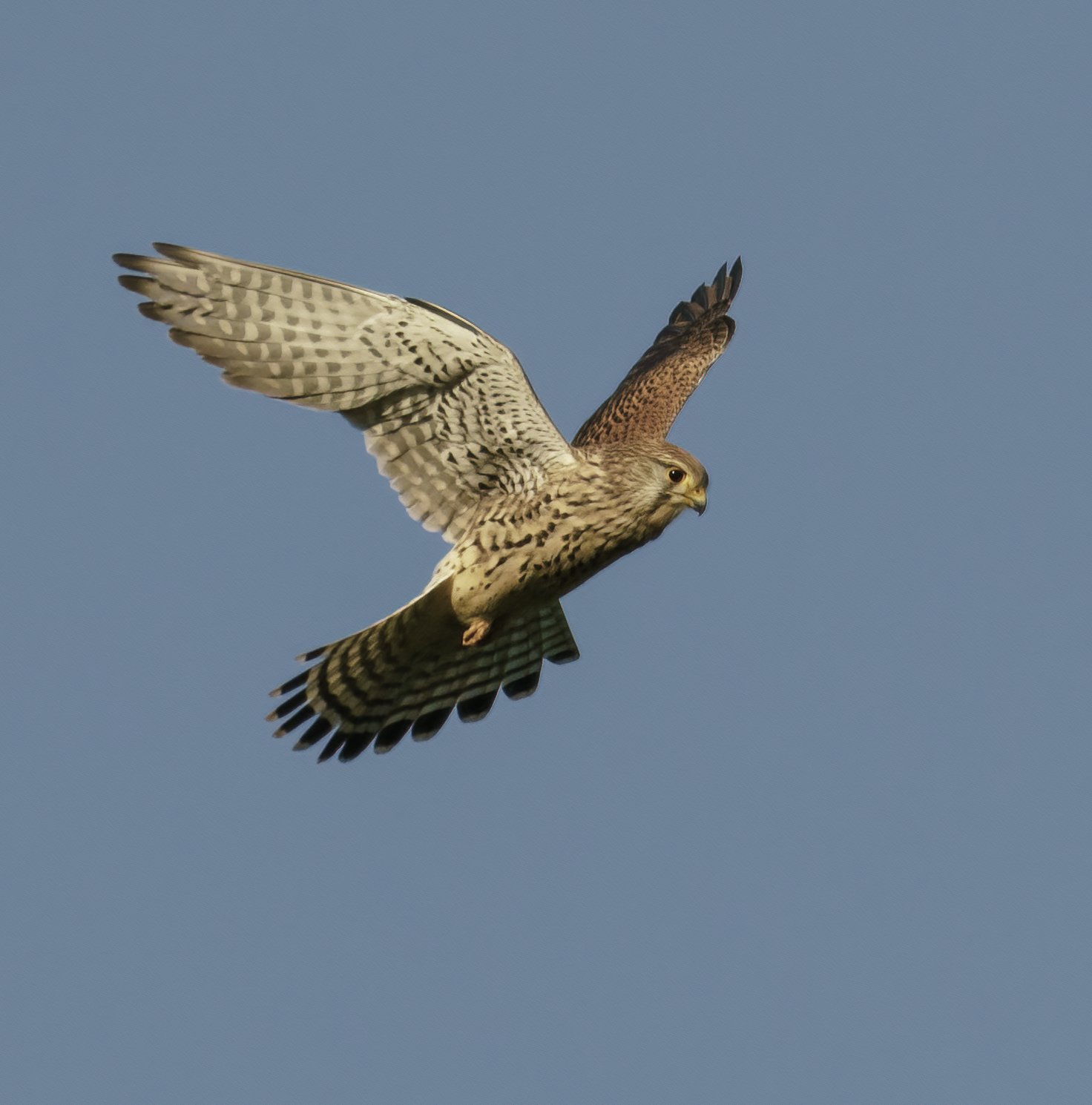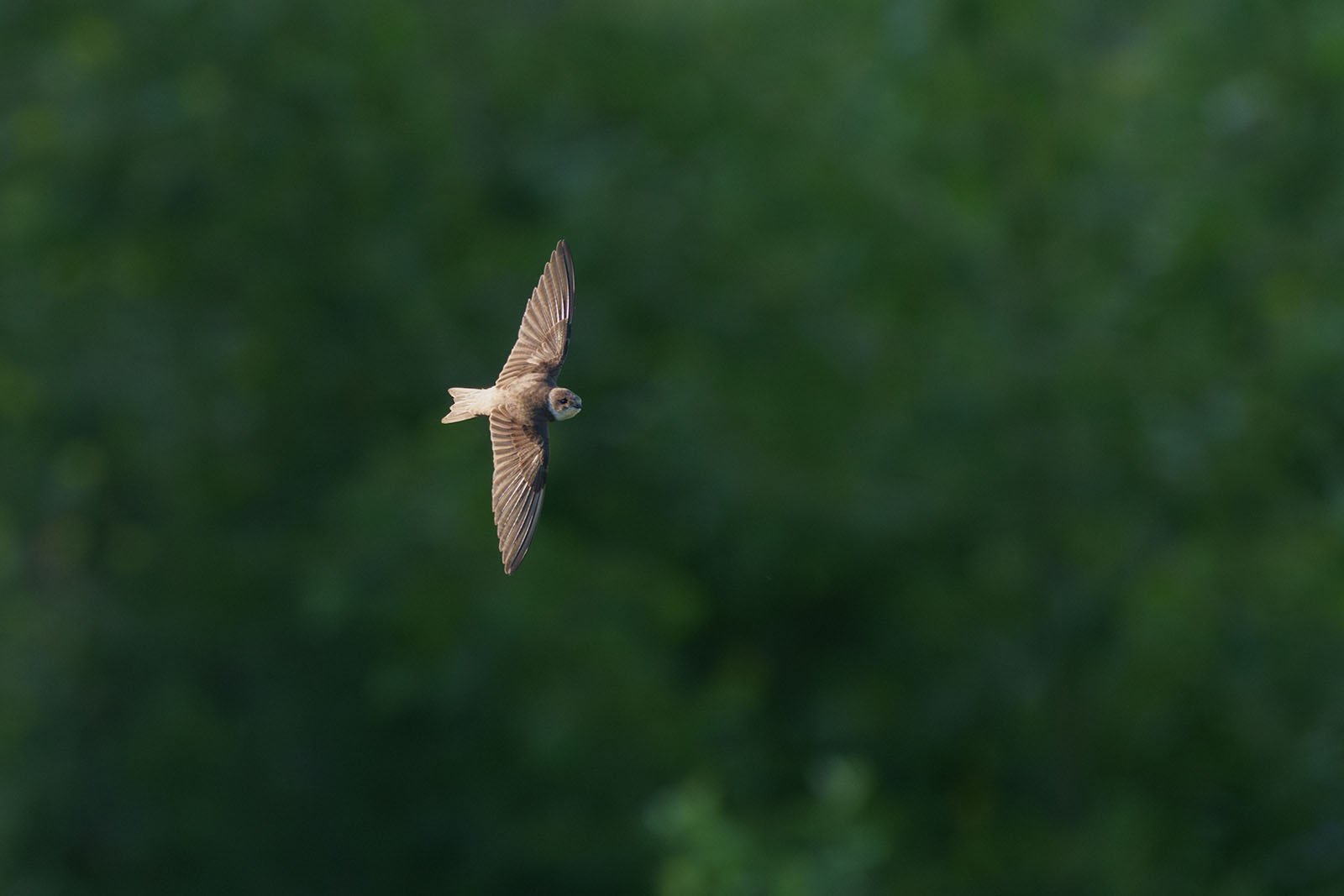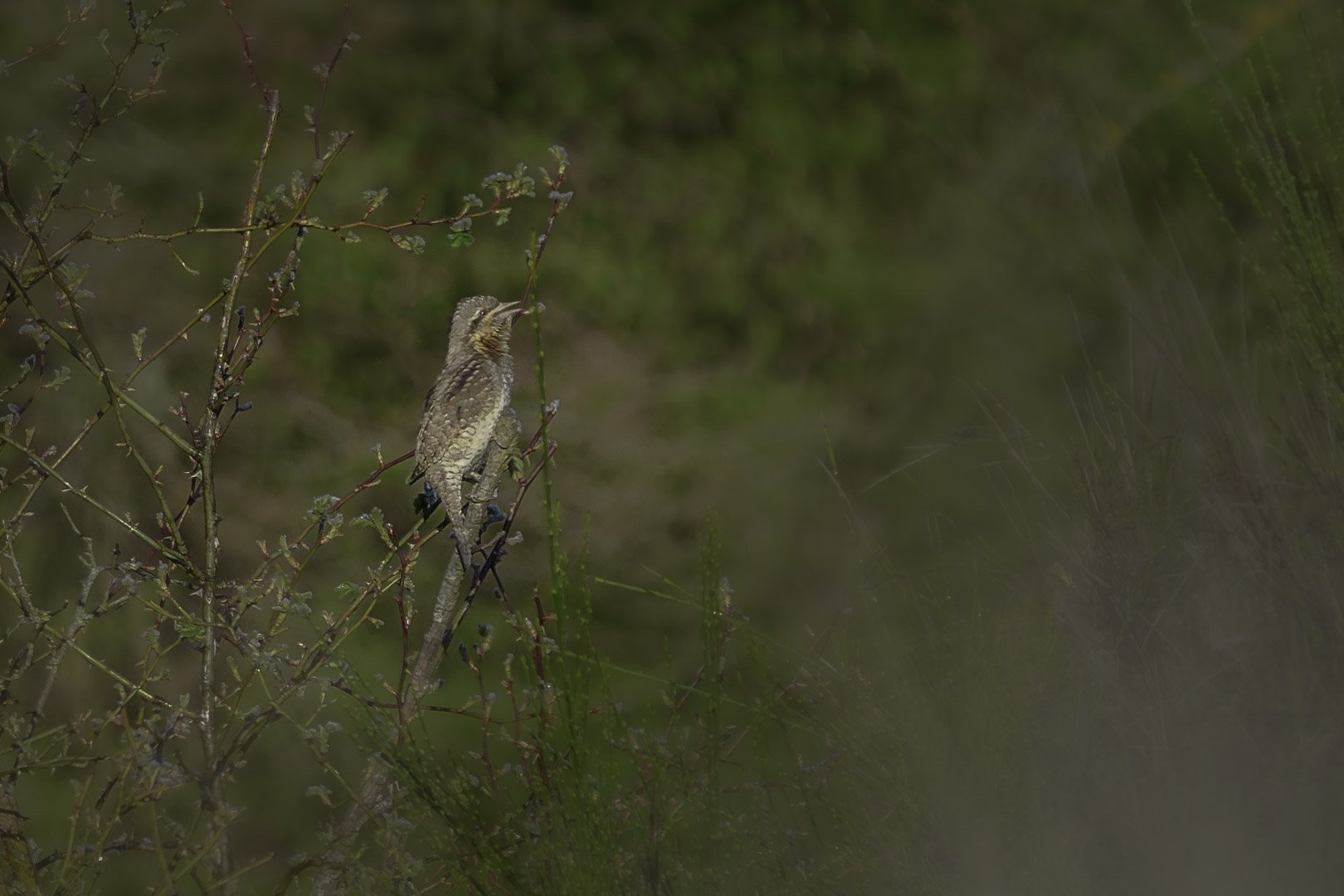Red kite (Milvus milvus)
Red kite (Milvus milvus) at fish hunting
Red Kite (Milvus milvus) – The King of the Skies
The red kite is one of the most striking birds of prey in Europe, easily recognized by its deeply forked tail. This elegant hunter is often seen gliding over fields and forests, using its sharp eyes to spot prey from above.
Quick Facts:
- Size: 60–70 cm
- Features: Long, narrow wings with dark tips, distinctive forked red-brown tail
- Habitat: Open landscapes with forests and fields, especially in Central Europe
- Breeding: Large nests built high in trees, often at the edge of forests, expanded yearly
- Diet: Carrion, small mammals, birds, insects, and fish
Table of Contents
- Introduction: The Red Kite – A Majestic Bird of Prey
- Features and Appearance: How to Identify the Red Kite
- Habitat and Range: Where the Red Kite Lives
- Behavior and Diet: A Versatile Hunter
- Breeding: Nesting High in the Trees
- FAQ: Common Questions About the Red Kite
- Shortlist – Color Features
Introduction: The Red Kite – A Majestic Bird of Prey
The red kite is an impressive bird of prey, especially common in Central Europe. Its deeply forked tail and long wings make it easy to spot as it circles high above fields and forests. Despite its striking appearance, it often feeds on carrion rather than hunting live prey.
Features and Appearance: How to Identify the Red Kite
The red kite stands out due to its vibrant colors and graceful flight.
Feathers:
The red kite has mostly fox-red feathers. Its back and wing coverts are a warm red-brown, which shines in the sunlight. The wingtips are much darker, almost black, creating a sharp contrast in flight. Its most striking feature is the deeply forked red-brown tail, which looks like a "V" when the bird is flying. The underside of the bird is also red-brown, with a lighter chest band visible on many birds.Beak:
The beak is strong and slightly curved. It is yellow with a clear black tip, perfect for grabbing prey and tearing apart carrion.Eyes:
The bright yellow eyes of the red kite give it a piercing, sharp look. These eyes help the bird spot prey from high above.Feet:
The yellow feet are powerful, with sharp claws designed to grab and hold small mammals or birds. These strong feet are perfectly adapted for a bird of prey.
Habitat and Range: Where the Red Kite Lives
Red kites prefer open landscapes with forests and fields, especially in Central Europe. They thrive in areas near forest clearings and river valleys, where they find plenty of food and tall trees for nesting. Red kites are often seen flying near villages and towns, searching for food in open areas.
Behavior and Diet: A Versatile Hunter
The red kite is an opportunistic feeder. It eats both carrion and live prey, including small mammals, birds, insects, and even fish. Often, red kites are seen flying above roads, looking for dead animals to eat. The red kite is a skilled glider, using thermal air currents to fly long distances with little effort.
Breeding: Nesting High in the Trees
Red kites build their nests, called nests, high up in trees, often at the edge of forests or rivers. The nest is made of sticks and twigs and is expanded each year. The female lays 2-3 eggs, which she incubates for about a month. During this time, the male brings food to the nest.
FAQ: Common Questions About the Red Kite
1. Where can you best observe the red kite?
Red kites are often seen in open landscapes with fields and forests, especially in Central Europe. Look for them flying high above, searching for prey.
2. What does the red kite mainly eat?
The red kite eats carrion, small mammals like mice, birds, insects, and sometimes fish.
3. How can you recognize a red kite in flight?
The red kite is easy to identify by its deeply forked tail and long, narrow wings with dark tips.
4. When do red kites breed?
Red kites breed in the spring, building their nests high in trees, often near forest edges.
5. Are red kites found all over Europe?
Red kites are mostly found in Central Europe, although they also appear in other parts of Europe, but less commonly.
Shortlist – Color Features
- Size: 60–70 cm
- Feathers: Red-brown with dark wing tips, forked red tail
- Beak: Yellow with black tip
- Eyes: Yellow
- Feet: Yellow with strong claws
- Habitat: Open landscapes with forests and fields
- Diet: Carrion, small mammals, birds, insects, fish
The red kite is a majestic bird of prey, easily recognized by its forked tail and reddish-brown feathers. Its graceful flight and wide presence in Central Europe make it a fascinating bird to observe in the wild.



